
⏰Deadline 15th December, online info event TODAY @2pm! Link in the PhD advert👉 www.findaphd.com/phds/project...
⏰Deadline 15th December, online info event TODAY @2pm! Link in the PhD advert👉 www.findaphd.com/phds/project...

Topic: Social monitoring & manipulation
UK-domiciled black-heritage scheme: tinyurl.com/aja54nr6
NERC DLTP: tinyurl.com/4jfy47pp
Cosupervisors: #PatrickKennedy @ljnbrent.bsky.social
@bristolbiosci.bsky.social
#bioacoustics #mammals #fieldwork



Topic: Social monitoring & manipulation
UK-domiciled black-heritage scheme: tinyurl.com/aja54nr6
NERC DLTP: tinyurl.com/4jfy47pp
Cosupervisors: #PatrickKennedy @ljnbrent.bsky.social
@bristolbiosci.bsky.social
#bioacoustics #mammals #fieldwork
www.nationalgeographic.com/animals/arti...

www.nationalgeographic.com/animals/arti...
Bats aren’t spooky, they’re adorable 💕Here, an Ectophylla alba pup chilling under a leaf tent gets a surprise visit… from a katydid.
Happy Halloween 🦇🦇🦇
Bats aren’t spooky, they’re adorable 💕Here, an Ectophylla alba pup chilling under a leaf tent gets a surprise visit… from a katydid.
Happy Halloween 🦇🦇🦇
Researchers from the Museum für Naturkunde Berlin documented brown rats catching #bats in mid-air at Segeberger Kalkberg, Northern Germany. A rare look at invasive species impacting urban wildlife. 🌍 @berlinbatlab.bsky.social
🔗 doi.org/10.1016/j.ge...
Researchers from the Museum für Naturkunde Berlin documented brown rats catching #bats in mid-air at Segeberger Kalkberg, Northern Germany. A rare look at invasive species impacting urban wildlife. 🌍 @berlinbatlab.bsky.social
🔗 doi.org/10.1016/j.ge...
www.sciencedirect.com/science/arti...


www.sciencedirect.com/science/arti...
www.sciencedirect.com/science/arti...

www.sciencedirect.com/science/arti...
@berlinbatlab.bsky.social
#dzg2025
www.cell.com/current-biol...

@berlinbatlab.bsky.social
#dzg2025
www.cell.com/current-biol...
youtube.com/@followtheba...

youtube.com/@followtheba...
This is the first publication of my PhD student Marisa Tietge - way to go!
💕🦇💕🦇💕🦇💕🦇💕🦇💕🦇

This is the first publication of my PhD student Marisa Tietge - way to go!
💕🦇💕🦇💕🦇💕🦇💕🦇💕🦇
doi.org/10.1371/jour...
doi.org/10.1371/jour...
We found that in pipistrelle bats, social vocalizations carry a stronger phylogenetic signal than echolocation calls, suggesting the former evolve more slowly, while the latter remains flexible and shaped by the environment.
www.sciencedirect.com/science/arti...
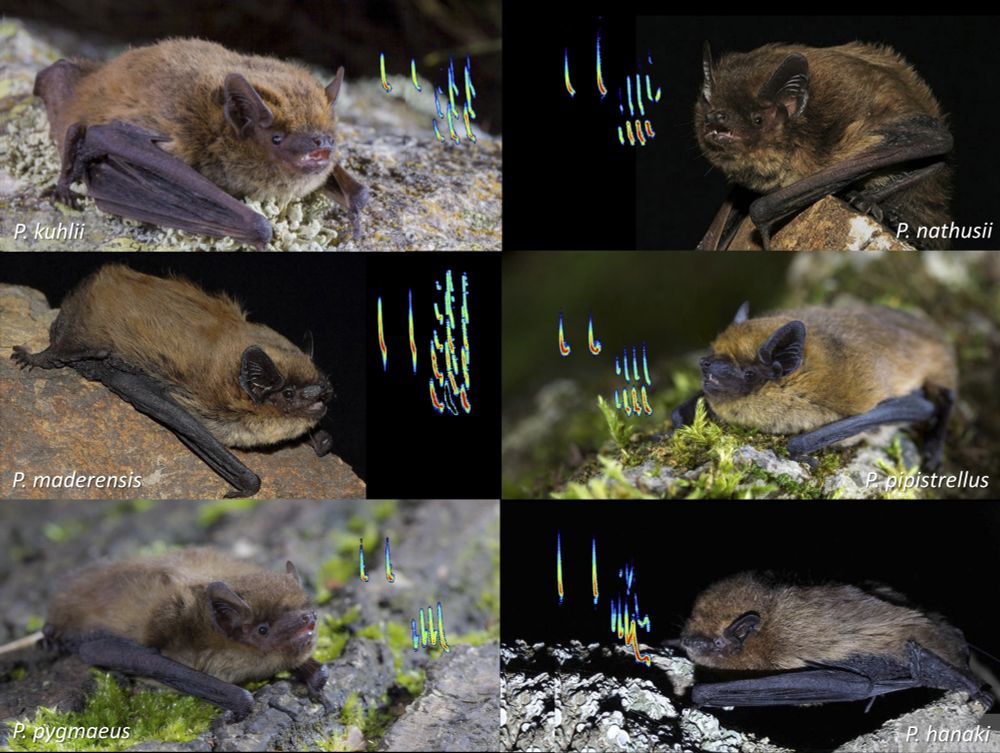
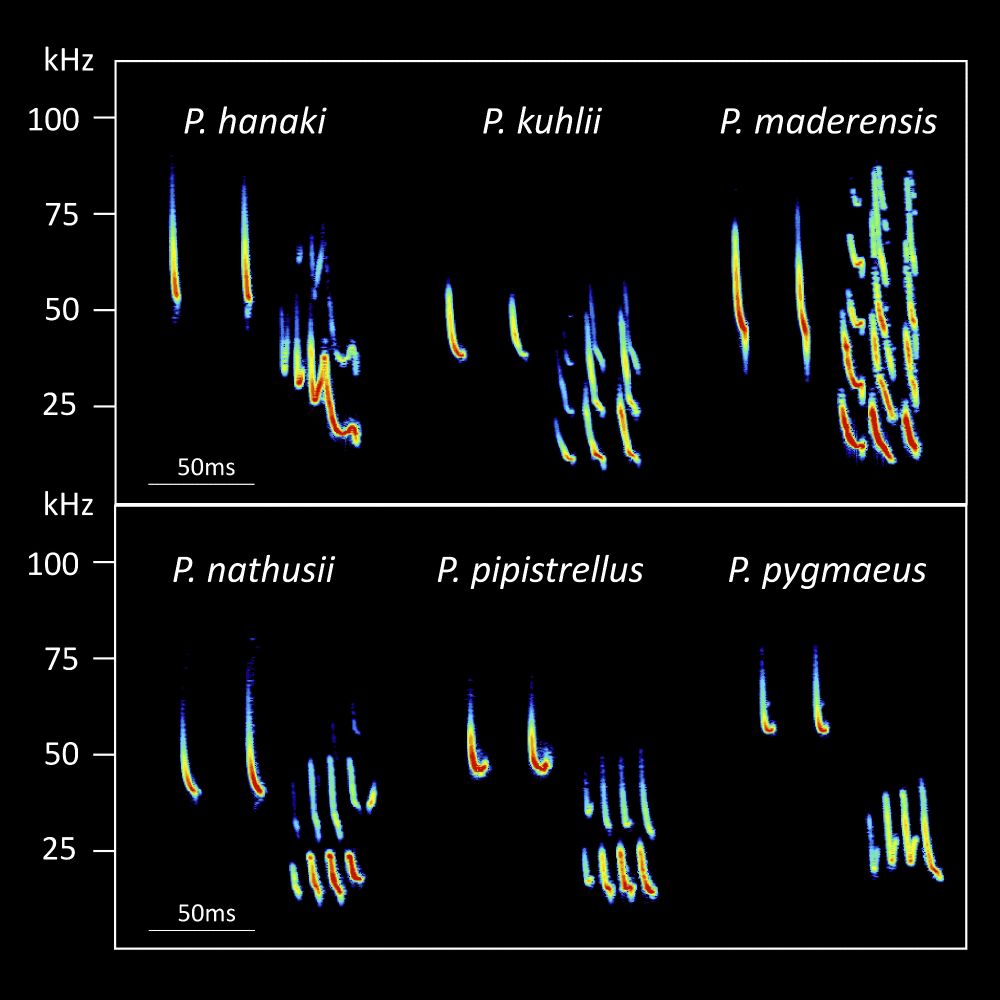
We found that in pipistrelle bats, social vocalizations carry a stronger phylogenetic signal than echolocation calls, suggesting the former evolve more slowly, while the latter remains flexible and shaped by the environment.
www.sciencedirect.com/science/arti...
As Southern Europe swelters under record-breaking temperatures, we are investigating how extreme heat turns safe roosts into death traps – and how to prevent that.


As Southern Europe swelters under record-breaking temperatures, we are investigating how extreme heat turns safe roosts into death traps – and how to prevent that.
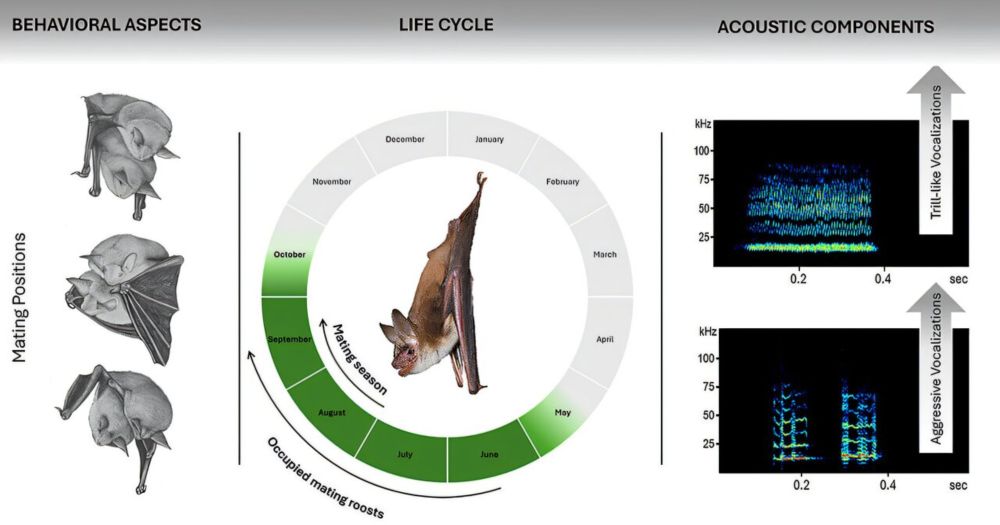
stone-soup.ghost.io/hammer-speech/

stone-soup.ghost.io/hammer-speech/
Mating roosts are vital for reproduction, so they should receive the same protection as nursery roosts. Plus, males yodel there...😅
nyaspubs.onlinelibrary.wiley.com/doi/epdf/10....
Mating roosts are vital for reproduction, so they should receive the same protection as nursery roosts. Plus, males yodel there...😅
nyaspubs.onlinelibrary.wiley.com/doi/epdf/10....
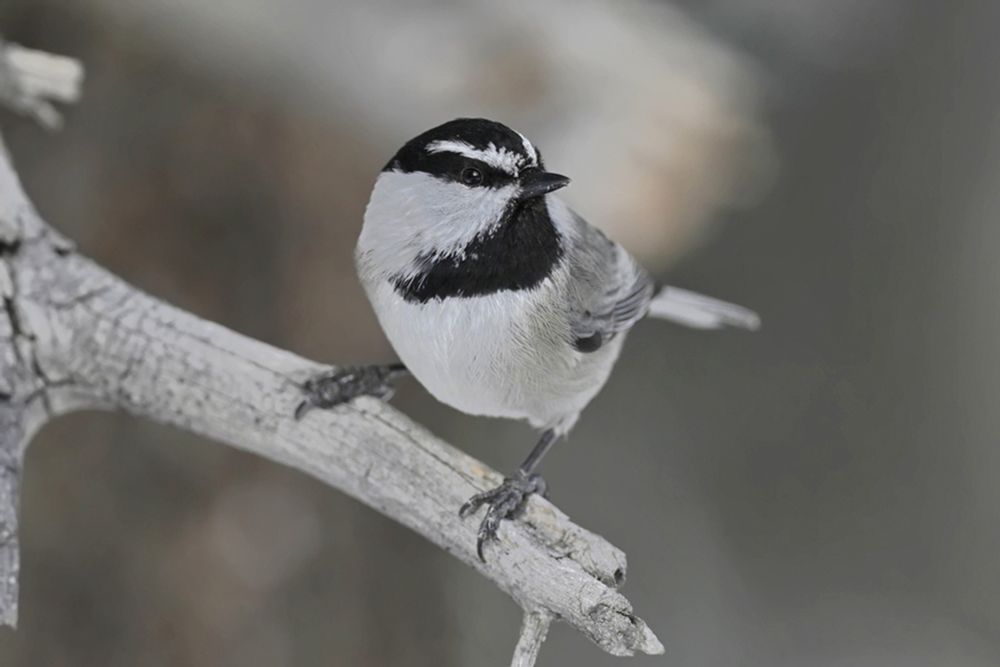

Although it was published last year, I only received my copy a few days ago — and I’m completely smitten! ♥️
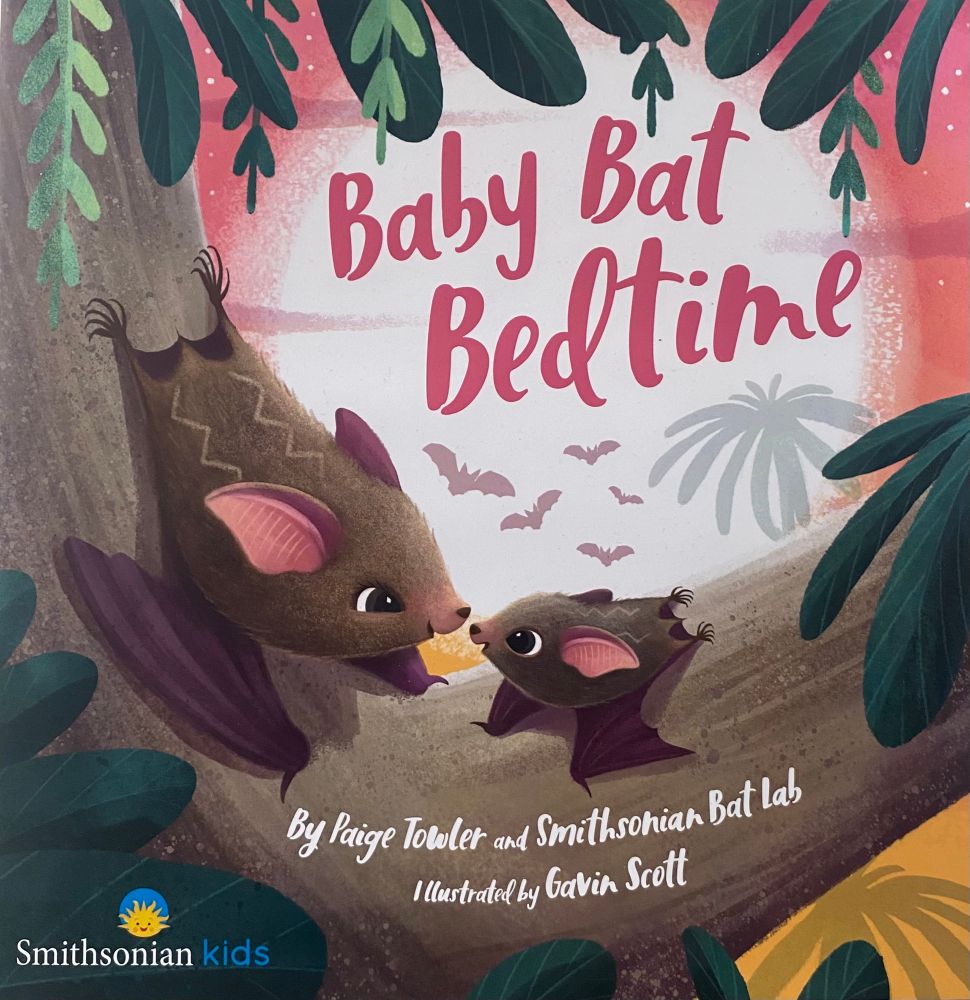
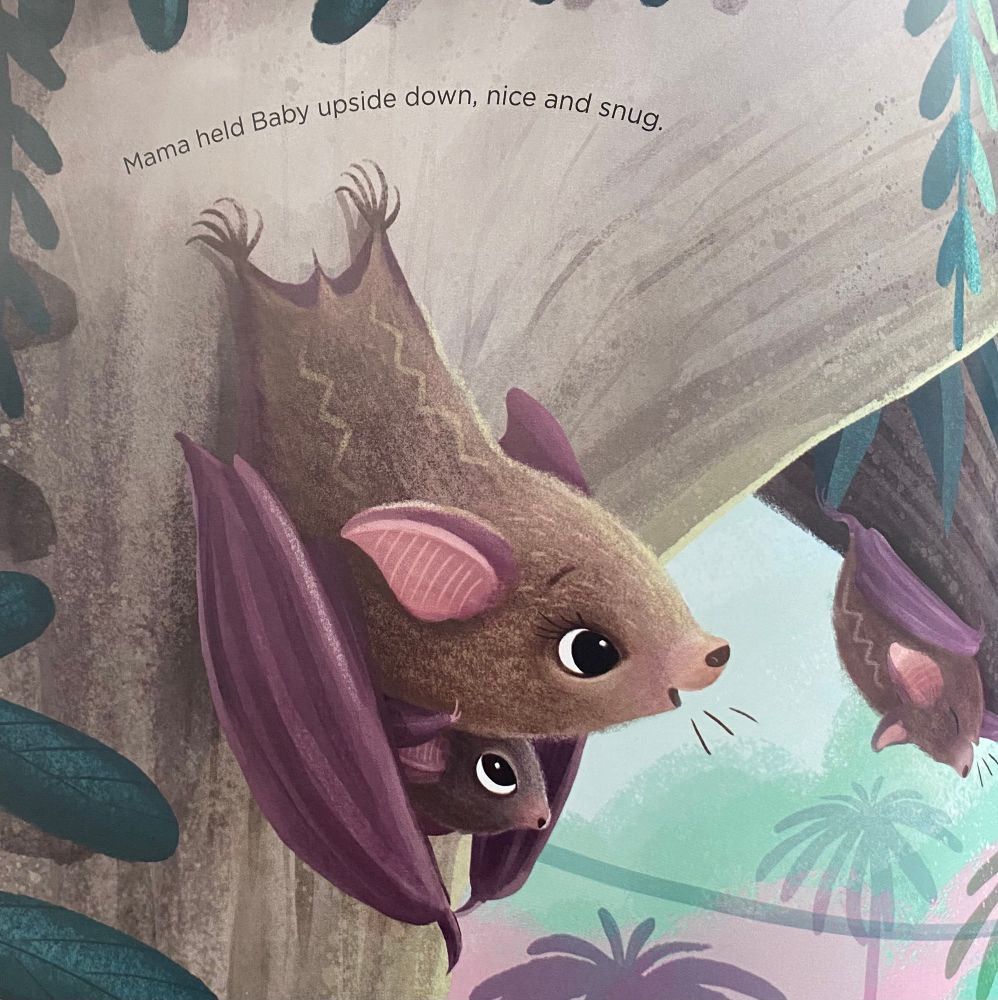
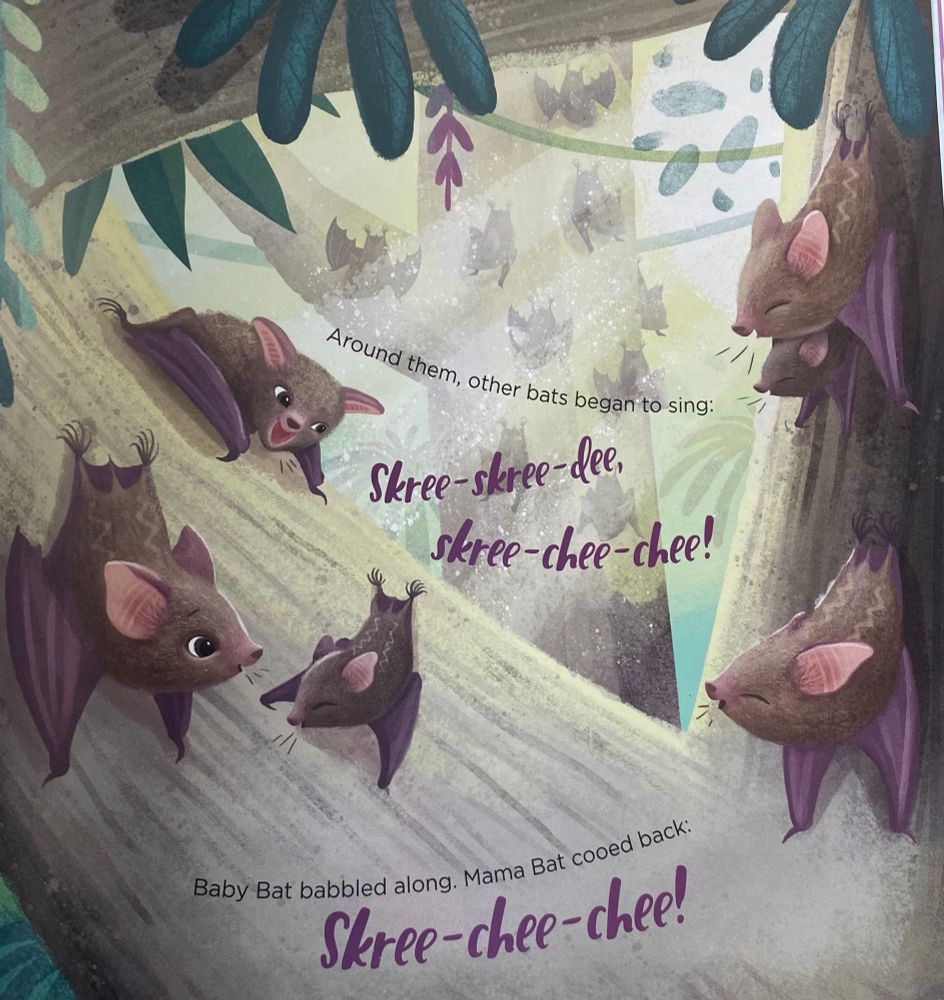
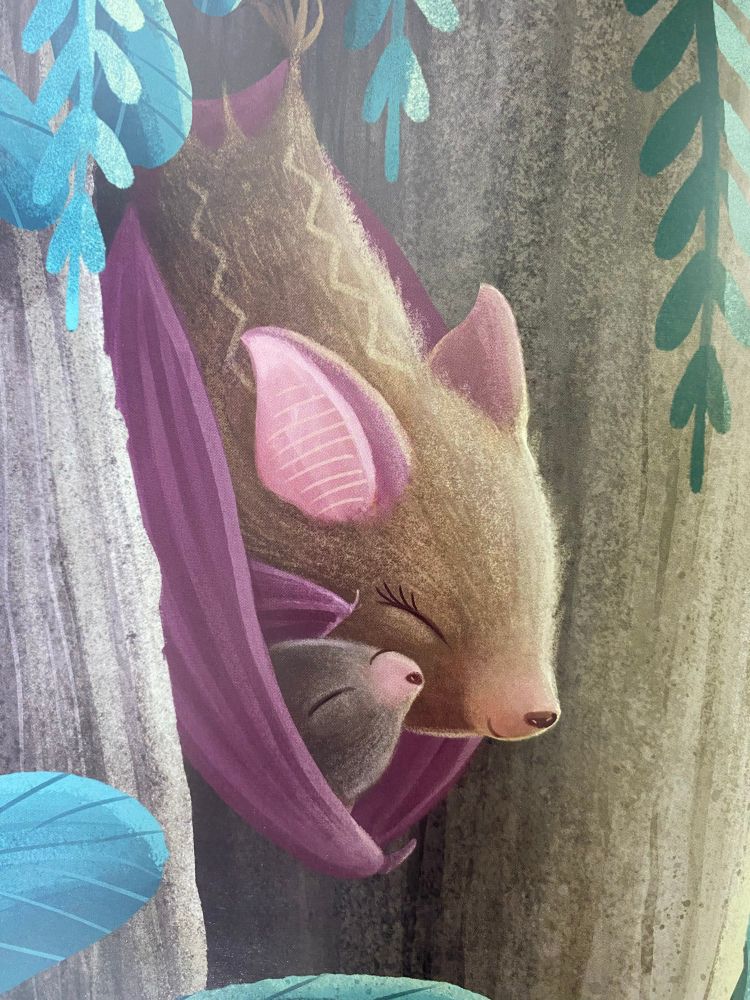
Although it was published last year, I only received my copy a few days ago — and I’m completely smitten! ♥️



